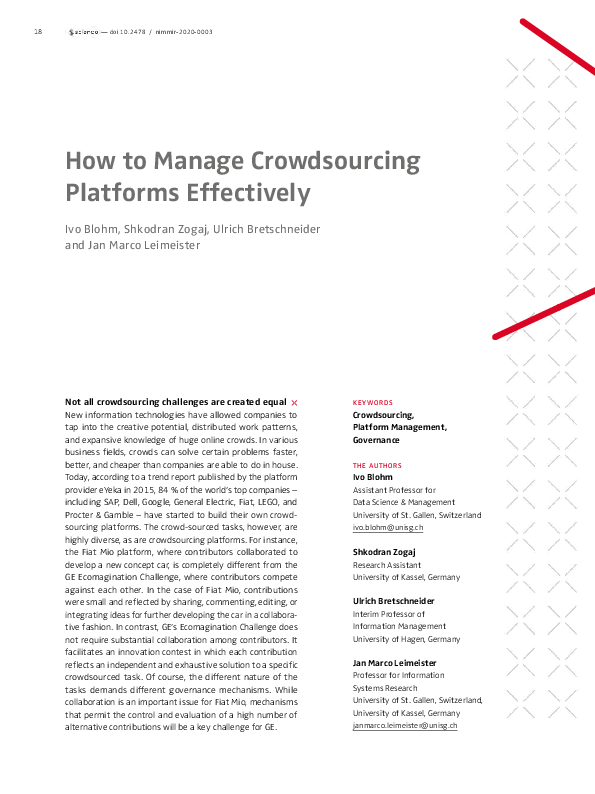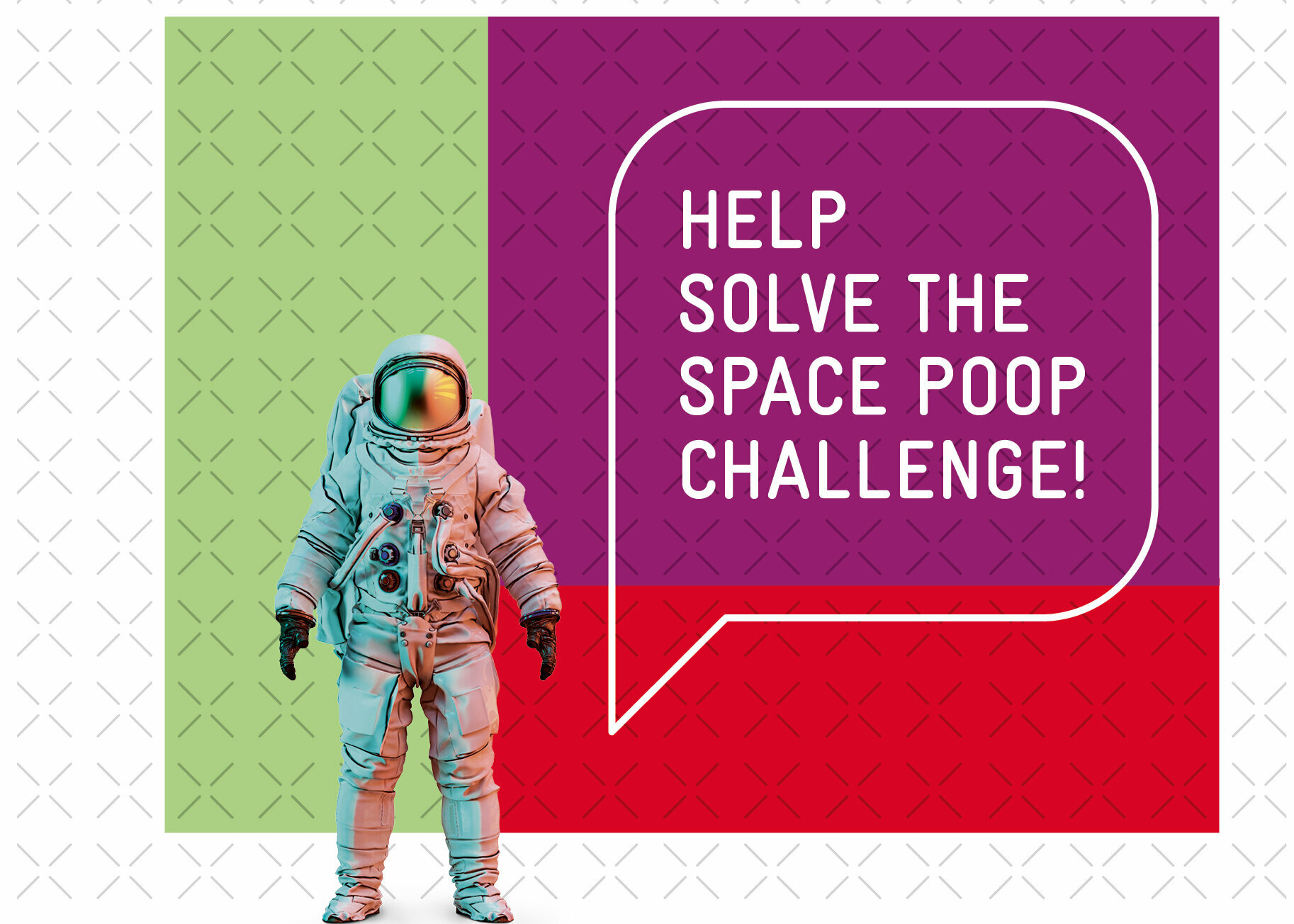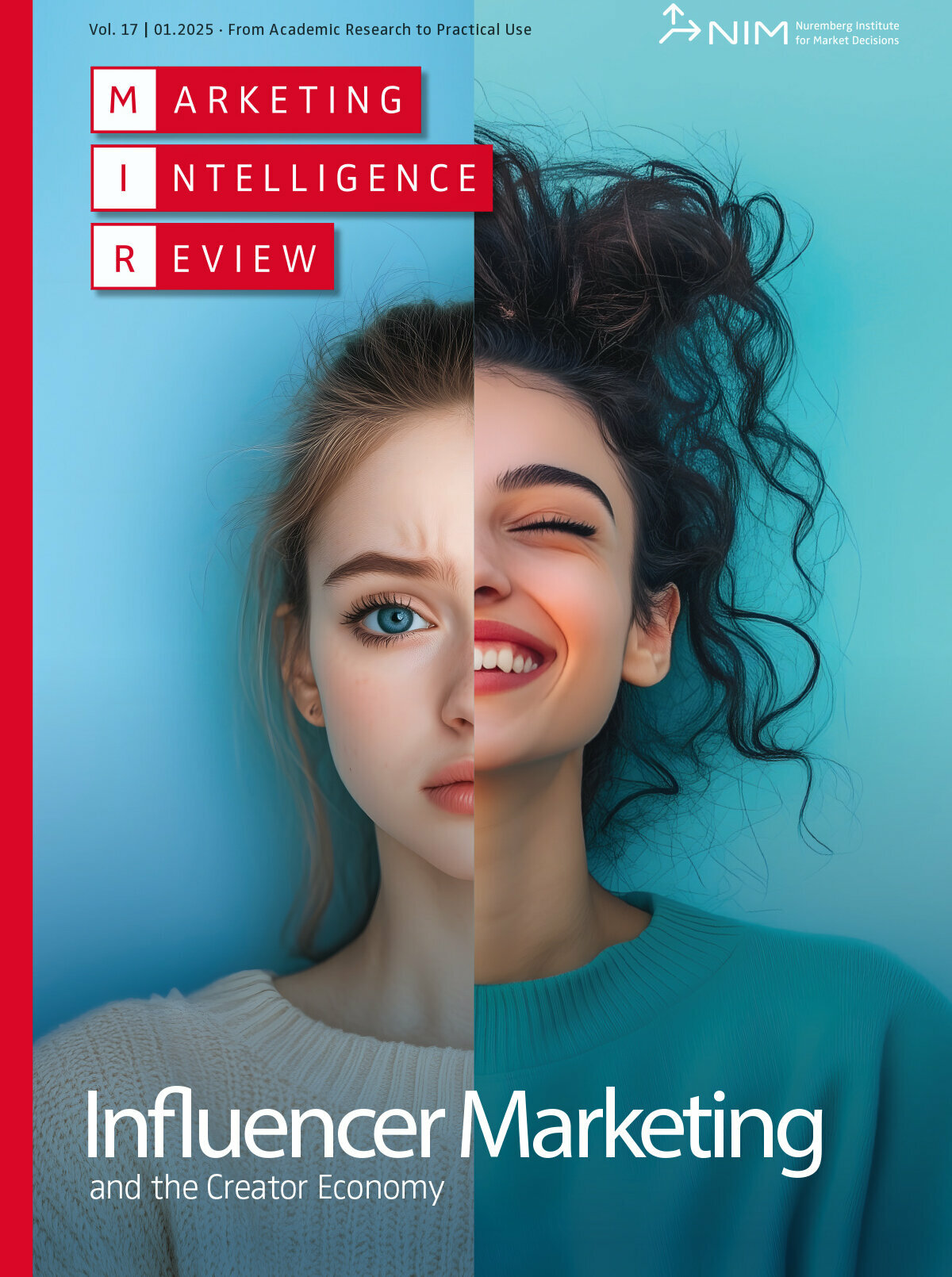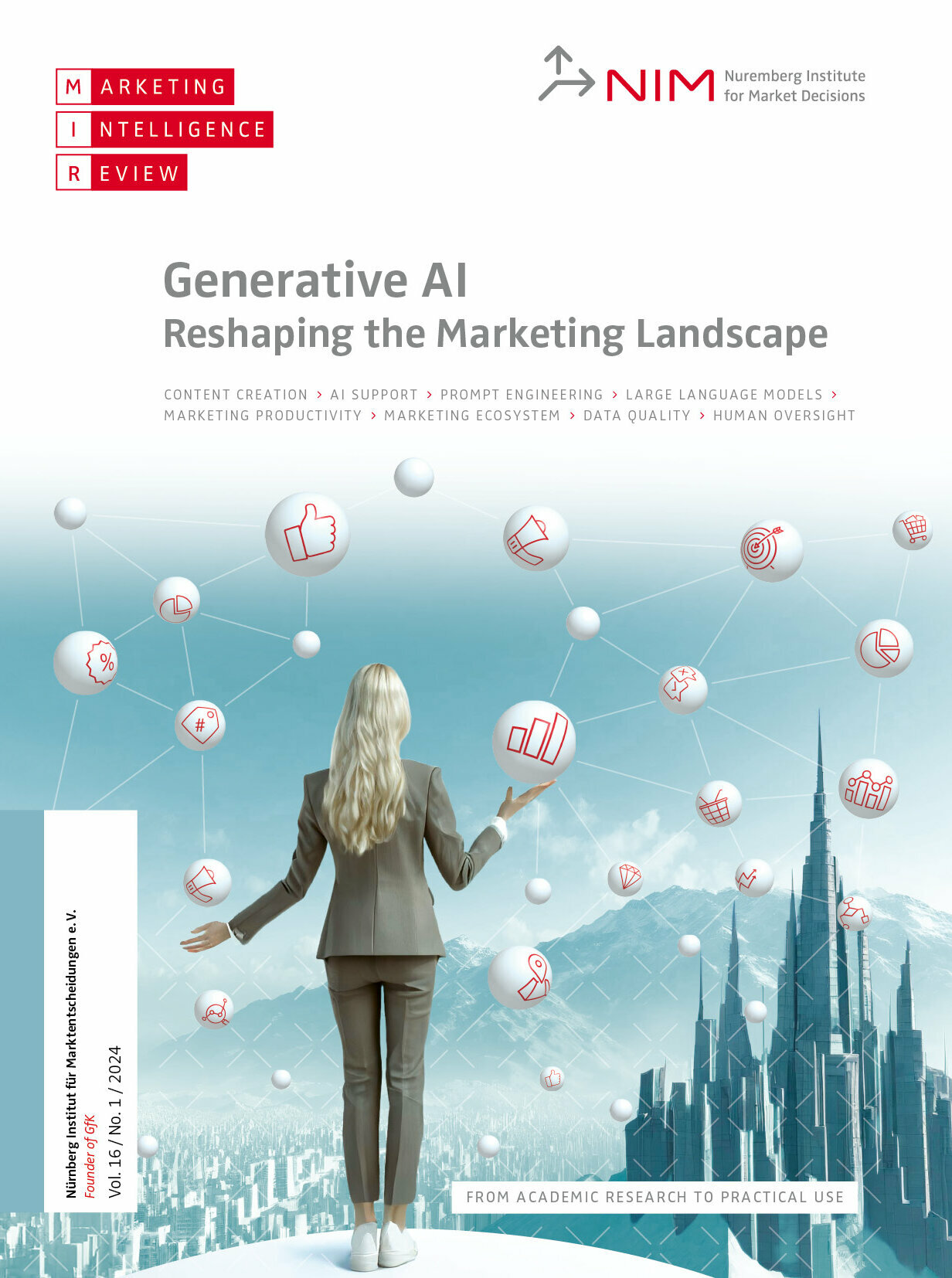How to Manage Crowdsourcing Platforms Effectively
Ivo Blohm, Shkodran Zogaj, Ulrich Bretschneider and Jan Marco Leimeister
Crowdsourced tasks are very diverse – and so are platform types. They fall into four categories, each demanding different governance mechanisms. The main goal of microtasking crowdsourcing platforms is the scalable and time-efficient batch processing of highly repetitive tasks. Crowdsourcing platforms for information pooling aggregate contributions such as votes, opinions, assessments and forecasts through approaches such as averaging, summation, or visualization. Broadcast search platforms collect contributions to solve tasks in order to gain alternative insights and solutions from people outside the organization, and are particularly suited for solving challenging technical, analytical, scientific, or creative problems. Open collaboration platforms invite contributors to team up to jointly solve complex problems in cases where solutions require the integration of distributed knowledge and the skills of many contributors. Companies establishing crowdsourcing platforms of any type should continuously monitor and adjust their governance mechanisms. Quality and quantity of contributions, project runtime, or the effort for conducting the crowdsourcing project may be good starting points.

![[Translate to English:] [Translate to English:]](/fileadmin/_processed_/d/f/csm_matzler_intro_vol_12_no_1_de_15bce166b7.png)
![[Translate to English:] [Translate to English:]](/fileadmin/_processed_/6/f/csm_dahlander_piezunka_vol_12_no_1_de_b03be64099.png)
![[Translate to English:] [Translate to English:]](/fileadmin/_processed_/0/9/csm_2020_nm_mir_crowdinnovation_de2_87c2678243.png)
![[Translate to English:] [Translate to English:]](/fileadmin/_processed_/4/1/csm_2020_nm_mir_crowdinnovation_de3_56355613ec.png)
![[Translate to English:] [Translate to English:]](/fileadmin/_processed_/4/e/csm_kohler_chesbrough_vol_12_no_1_de_9adccaf75f.png)

![[Translate to English:] [Translate to English:]](/fileadmin/_processed_/7/a/csm_2020_nm_mir_crowdinnovation_de4_a8e3692d0c.png)


